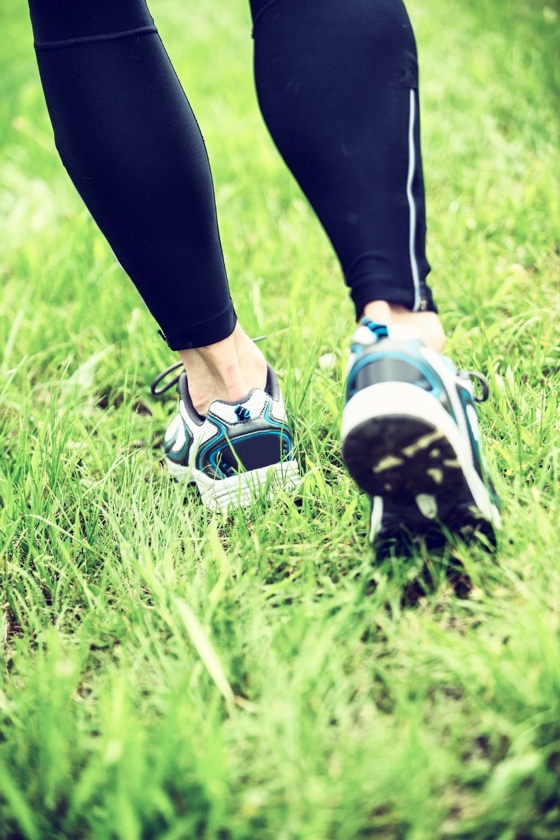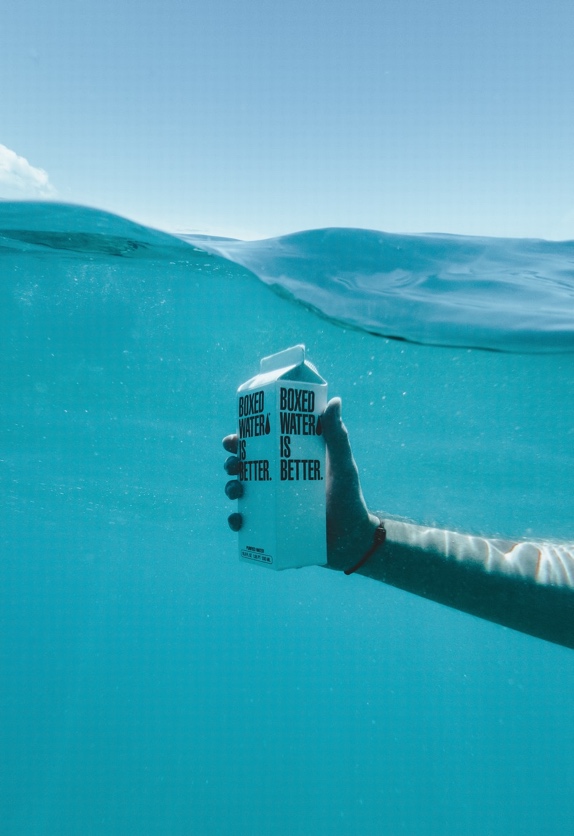Running from runner’s gut – what is it and what can I do about it?
Posted on January 13, 2021
Moving into a new year, we tend to see many people driven to set goals around increasing activity levels. A common interest is in running – it is accessible, inexpensive and a great activity to build aerobic fitness. However, for those with IBS, taking up a running habit may be associated with running to the bathroom. Today on the blog, we are going to discuss what runner’s gut is, the causes and common symptoms experienced. We will detail groups who are at increased risk of runner’s gut and what can be done as means of prevention.
What is runner’s gut?
Runner’s gut, runner’s colitis, tummy trots… they’re all names for the same condition that describes the urgency to find a bathroom while running. Some runners may experience this as a grumbling sensation, bloating or pain in the stomach. However, for others, this experience is more severe and requires urgent faecal evacuation. In training and competition, this is not only disruptive, but can also cause anxiety, eventually sacrificing results. Runner’s gut is a common sensation in the running world, especially among distance runners.
Who is at increased risk of experiencing runner’s gut?
Common symptoms of runner’s gut include abdominal cramping, a strong urge to go to the bathroom mid-run, nausea and diarrhoea. For this reason, those who are IBS-D prone may be more likely to experience these symptoms as opposed to those who are IBS-C prone.
Runners are more likely to suffer from bowel pain during exercise than other athletes. This is likely for a range of reasons which are detailed below. In addition to runners, those vulnerable to nervous anxiety, elite athletes and younger sportspeople are at greater risk.
What causes runner’s gut and how can I prevent these triggers?
Here are some factors that may be associated with gut pain during exercise:
Dehydration:
During exercise, dehydration increases the risk of experiencing nausea, vomiting, diarrhoea and other stomach problems.
Prevention: begin your run well hydrated.
Reduced blood flow to the gut:
In long distance or intense bouts of exercise, blood flow to the gastrointestinal system can be reduced by as much as 80%. Intense exercise naturally diverts blood away from the gut to our arms and legs – because this is where we need the blood to be pumping if we want to run.
Prevention: there is no clear prevention strategy for increasing blood flow to the gut as this is a physiology mechanism! However, a Sports Dietitian & Exercise Physiologist will be able to help design your training plan with this factor in mind.
Timing of your last meal:
Eating too close to a run doesn’t give enough time for the stomach to digest the eaten food.
Prevention: Even though everybody is different, try not to consume a main meal within 2-4 hours before exercise is a general rule of thumb.
The type of food you last ate:
Fibre, fat and protein are slow to empty from the stomach. Meals high in these nutrients eaten before exercise have been shown to cause a rise in GIT symptoms.
Prevention: if you choose to eat a snack before you run, try choose one that is higher in simple carbohydrates (such as a firm banana) rather than a food high in fibre, fat and protein.
What are the consequences of runner’s gut in the long term?
Experiencing regular digestive symptoms can be stressful and impact on your confidence and performance. Additionally, those prone to nervous anxiety are more commonly affected by stress-related gut disturbance. Prolonged colitis (inflamed gut) can lead to increased perforation in the gut lining, so it is important to seek medical advice if you think you may have been experiencing these symptoms for a while.
Does having IBS mean I need to avoid strenuous activity altogether?
Not necessarily! ‘Strenuous’ exercise is a subjective concept. For example, if you enjoy running, you shouldn’t necessarily stop doing it unless you think that running may be causing problems. If it does, you could consider pulling back either the time, intensity or type of training. Also, remember that IBS symptoms can occur in both athletes and non-athletes, however symptoms can be exacerbated with exercise, particularly the urgency to find a bathroom while running.
In summary
There are steps you can take to minimise the effects of runner’s gut on your overall experience. By having a clear training plan; beginning your run well hydrated; leaving a time gap between your meal and run, and ensuring the last food you ate wasn’t too high in fibre, protein and fat, you’re well on your way to enjoying a run uninterrupted by the bathroom. An Accredited Sports Dietitian or Gut Health Dietitian will be invaluable to you throughout this process and can help you navigate your personal IBS symptoms in the context of exercise with confidence.
Written by: Charlotte Barber (Student Nutritionist)
Reviewed by: Kiarra Martindale (Accredited Practising Dietitian)











